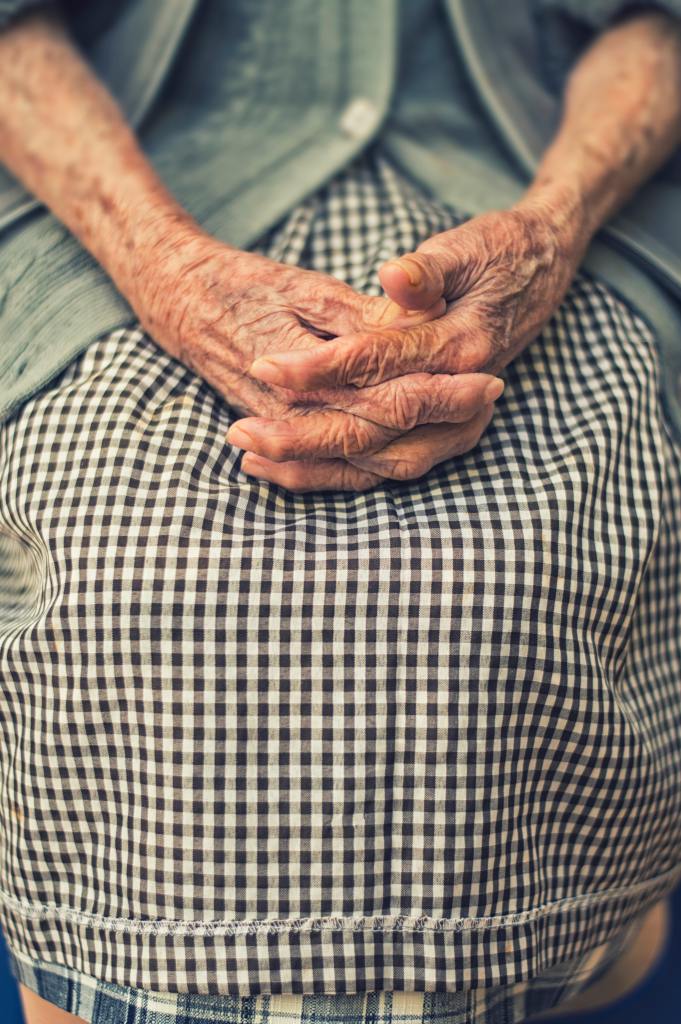
Yesterday, after much back and forth in the afternoon waiting for the Italian government and the relevant Italian ministries to get on the same page, Italy decided to close all schools – and center of instruction, ogni ordine, ogni grado (all types, all levels) – until March 15. Our children are home and will be doing schoolwork at home as soon as the school posts the assignments. “Scuola della mamma will be in effect!” I chirped out to my children. They seem ok with it. Eleanor is in her last year of preschool and Victor is in the third grade, so the homework load is manageable. I mostly expected this, but wasn’t sure when the other shoe would drop.
I am slightly amused by the expressed outrage on the part of private citizens, and expats at that. I am happy to take part in this effort, even though my husband, children, and I are at a statistically very low risk, I believe it is a prudent measure, with an eye to public health and trying to ensure that the health infrastructure does not collapse. Half of all people who contract Covid-19 are hospitalized, and 10-15% of those are in ICU. Given that, as of 2014, average life expectancy in Italy for men is 80.2 years and for women, a whopping 84.9 (Italian life expectancy has increased since then), a full 22% of Italians are 65 or older. That is at least 13.2 million people at risk. If 10% of those people need ICU care, I can guarantee you, Italy does not have 1.3 million ICU beds. I challenge you to name a country that is currently equipped to handle 1.3 million elderly ICU patients.
In Wuhan, where they are 6 weeks or so ahead of the rest of the world with respect to the epidemic (having gone into martial quarantine on January 23), their new cases reported daily is beginning to decrease. That’s good news. But here is the sobering news: 80% of the Wuhan mortalities to date have been men over sixty. The younger population circulates at risk to the older population. I’d like to also point out here that Italy and China both have notably robust access to healthcare. And numbers are only as good as the methodology used to compile them, as so clearly explained here in the Atlantic.
Each day here in Italy (in the world, for that matter) underscores the fact that we are playing a long game here with Covid-19. Everyone calm down, plan appropriately, and for heaven’s sake, be prudent. This could go on for months, and we all just need to stay as safe as possible (see this article in The Florentine, updated today). I spent enough years working on campus in the U.S. to have a decent grasp of public efforts during emergencies – tornadoes (annual), and the swine flu (2009, I contracted it), various DHS proclamations (NSEERS, the shoe bomber, liquid bombs), SARS (2002), 9/11 (ay yi yi)- and I am glad to employ it in times like these. We have got a store of basic supplies at home – if cases ramp up in Tuscany, a Florentine quarantine would not surprise me. What DOES surprise me is how a handful of people and businesses on the ground here do not think that the edict applies to them or to their group. Community is community. The public is the public. Where is the room for interpretation on this?
On a related Italian healthcare note, I had my own incident yesterday that rapidly escalated, and I am still a bit embarrassed to report it here. It all began (I think) when I returned to the gym, in a proactive attempt to support my health and mental health (I’m not gonna lie, it has been a stressful few weeks around here). At some point, when? maybe on Monday? something must have happened. At no point did I note anything strange or amiss during my workout, which usually consists of fast walking on the treadmill, about three minutes of jogging because I am a big whiner and fundamentally lazy, followed by a few minutes of sighing yoga. You probably haven’t heard of this yoga school yet but I might need to found it soon.
In any case, Tuesday morning I felt like something wasn’t quite right in my left shoulder, but I went to work out anyway. Tuesday afternoon I went to work, everything was fine. By Tuesday night something felt throbbing and very wrong, the paint shooting up the left side of my neck and down my arm. I took a shower and went to bed early. (Yes, my hair was wet. More on this later.)
I barely slept on Tuesday night. Wednesday morning I struggled to get out of bed and lurched downstairs to where Jason and Victor were getting ready for school and work. Something in my body was not working quite right. I staggered into the bathroom and came back out again. More questions (there are mornings in our house that appearing before a Congressional hearing might be easier.) I started to feel lightheaded, then nauseated. I sat on a chair, my head in a trash can. I broke a huge sweat – I mean pouring sweat. I soaked through my clothes. I was panting and could not breathe.
“Monica, what is going on?” Jason asked behind me.
“I don’t know. I need a doctor,” I repeated in panic mode. I could not breathe normally or calm myself. Jason put me on the sofa and called a house doctor, who came and asked me a hundred questions.
“She might have had a cardiac incident, we need to call 118 so they can come and do an EKG.” The doctor looked solemn.
“They can do that here?” Jason asked.
“Sì, certo,” the medico replied with a shrug. I was still shivering on the couch, pain scale 9 out of 10. The medico called 118 and five emergency responders were in the apartment within about five minutes. They hooked me up and took the EKG. They said it looked ok, but regarded me with some real doubt. They drew some blood.
“We need to take her in to Santa Maria Nuova. Get her dressed, we’ll load her up.” Our children meanwhile played calmly in the dining area; they clearly inherited their father’s gene for calm in a crisis. The ambulance guys took me downstairs, loaded me onto a stretcher, and away we bounced the six blocks to the hospital, which was Florence’s main hospital for over 600 years until they moved most medical services out to Careggi in the eighties.
The hospital in Florence these days, as one may well imagine, is busy and full. The Covid-19 triage area is a tented space in the front parking lot. Masked police stood everywhere. The staff were polite, calm, and hyper efficient. I lay supine on my gurney in the curtained area. It was some circle of hell. One patient was guarded by a half dozen police, in masks with traffic lollipops at their hips; all other patients seemed to be Italians over ninety years of age who may well have died yesterday. A man on the other side of my curtain vomited noisily into a bucket. A woman next to me, seemingly dressed mostly in gauze and adhesive tape, cried and asked to see her daughter as the nurse tended to her massive and open bedsores whose sweet stench filled the immediate area. A man on the other side of her curtain moaned continuously crying, O dio, che freddo, over and over. I closed my eyes and tried to breathe calmly in time with the beeps of the vomiting man’s monitor. It was not easy but I did start to calm down somewhat. I had no cell phone signal so couldn’t let anyone know where I was.
More blood was taken. A few doctors came by and rapid-fired questions at me. The chief attending physician, an extremely capable woman who looked about sixty, was wearing what might only be described as a welder’s mask of Plexiglass. More rapid questions. Menopause? panic attacks? kidney stones? pregnancy? No, no no no dottoressa, I responded. She frowned. “What happened, then?” I explained everything again in my best Italian.
“Take her for an x-ray,” she shouted, scribbling something on a pad. Like clockwork a petite Italian orderly arrived a few moments later and wheeled me into the x-ray lab. The tech came out from his control room and asked me multiple times if I was pregnant, then had me sign a form to swear for the fourth time that I was not with child. He took the x-ray, and came out right away to tell me it was a clean image, not to worry.
More blood drawn. Much more waiting. The woman clad in gauze and tape whimpered and cried for her daughter. She looked like she might topple off her gurney. Stia bonina, ci lo penso io, a nurse said, arranging her drip and stand. The man next to me had stopped vomiting. Signore O Dio Che Freddo was wheeled away. Most of my ER companions were also x-rayed.
I wondered what the hell had happened to me. Had I really mistaken a sport injury for a cardiac incident? I certainly felt like something systemic had not been right at home a few hours before. Why was I in this hospital, in Florence, sigh. Damn you sigh yoga! I looked around. These other patients were clearly high-risk for Covid-19. They looked like they might not make it through the day. I was glad that I had been seen and a cardiac incident had been ruled out, but (oh upper Midwestern legacy) felt guilty I had taken a bed in the ER on this day to learn this fact.
For those of you who do not know me well, more than twice in a ten-year period (all in Oklahoma), I was misdiagnosed or failed to be diagnosed through a handful of various painful and life-threatening experiences (appendix rupture [medical misdiagnosis: constipation or cramps], Mittelschmerz [“Break your hip?” they asked me as I followed them to the ER room], severe penicillin reaction [I was rapidly swelling and unable to reach a doctor, and was then told to “call the ER if you stop breathing,” perplexing guidance indeed]). Further, we have a professor friend who suffered a heart attack at a very healthy 37, also in Oklahoma, and whose diagnosis was delayed because she didn’t fit the expectation. Maybe I was having muscle spasms and shooting pain? Had I had a panic attack or panic response in the bathroom at home? I was still in a ton of pain. But Dottoressa Plexiglass came by and said I was free to go, to get dressed, here was my paperwork for the American health insurance, giving me a knowing nod. I slowly put my shoes on and gathered my things, whispering to the nonna a polite Arrivederci, signora.
Jason was waiting for me outside of the sliding door (I finally had gotten two bars of signal in the x-ray studio), and with his expert Italian knowledge, helped me pay my bill at the red kiosk in the foyer of every Italian hospital. It issued a receipt for €98,00 and we left, passing the Covid-19 triage tent. No taxis were available so we walked the six blocks home together, and gingerly. I was still pretty out of it and went to bed for the day with Advil, some Italian version of Ben-Gay, and a hot water bottle.
Our tata diagnosed me with a cervicale fortissima and a colpo d’aria, illnesses only available in Italy but known to strike all nationalities, blaming my wet hair the night before. I still think I strained something in the gym that gave me the unfortunate muscle spasms over my heart, down my left arm, and up the left side of my neck. Today I am feeling better, but far from 100%. I am grateful for the medical attention we received in what was, to say the least, an alarming incident. I can’t say enough good things about Italian healthcare and their professionalism and access. And I can’t stop thinking about the vulnerable, elderly population of the Santa Maria Novella ER that Wednesday morning.


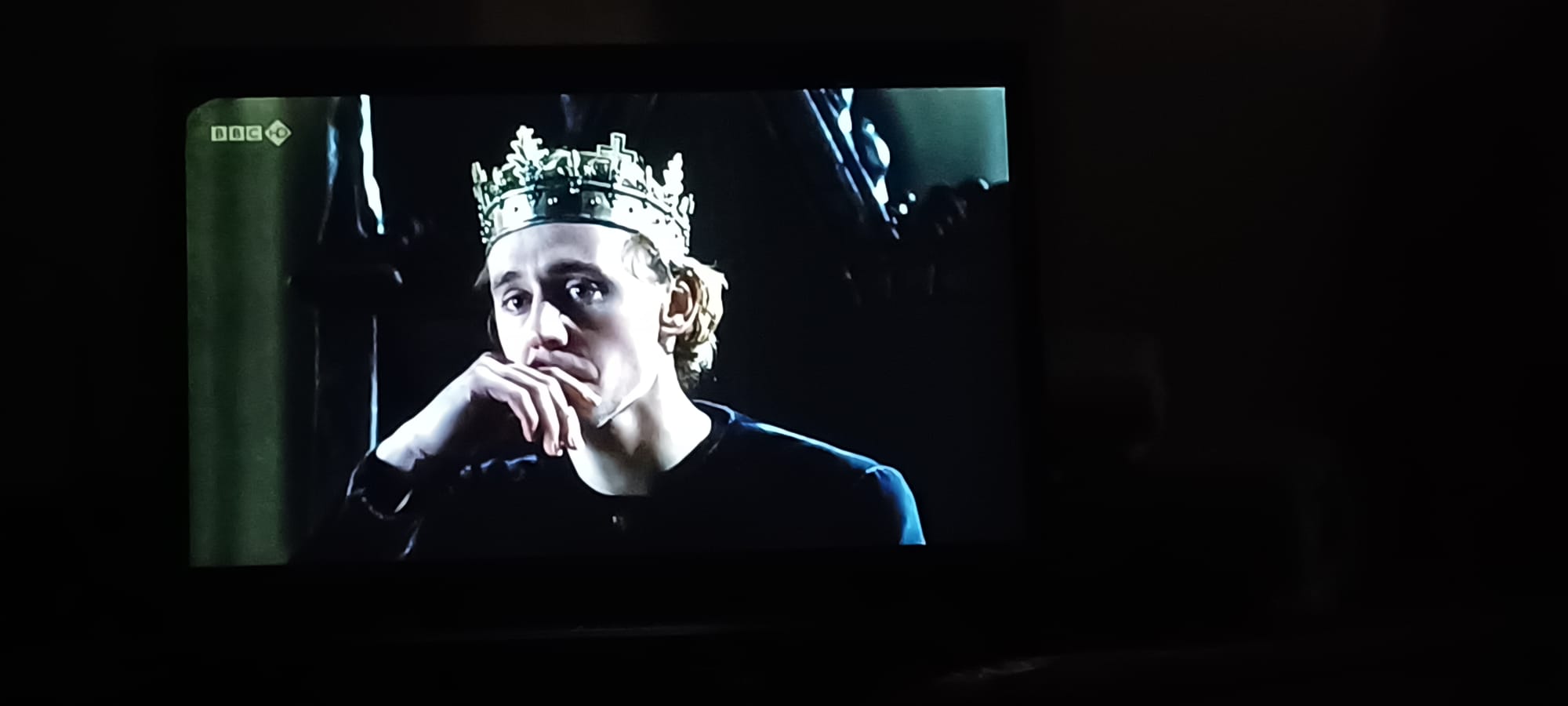
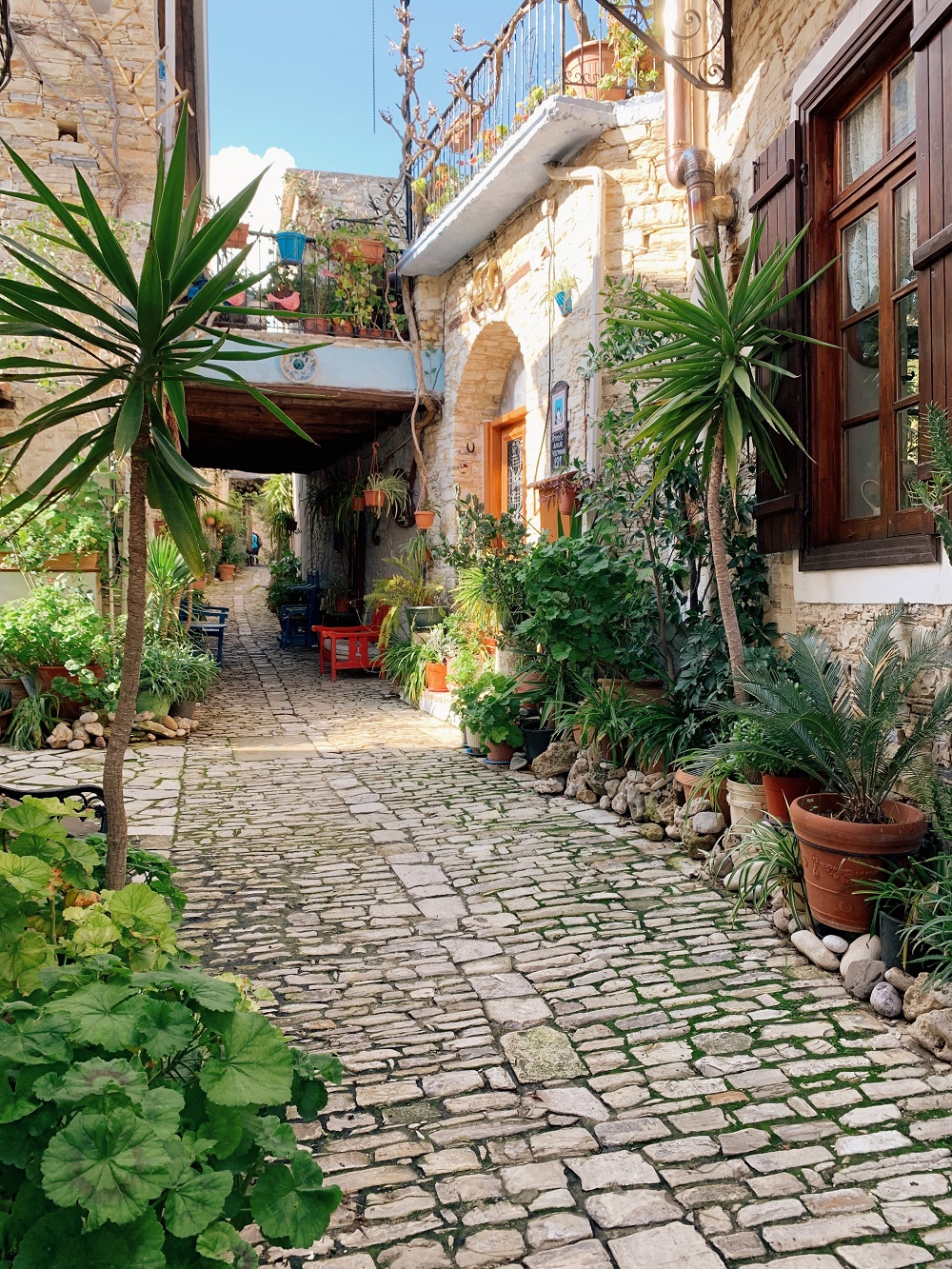
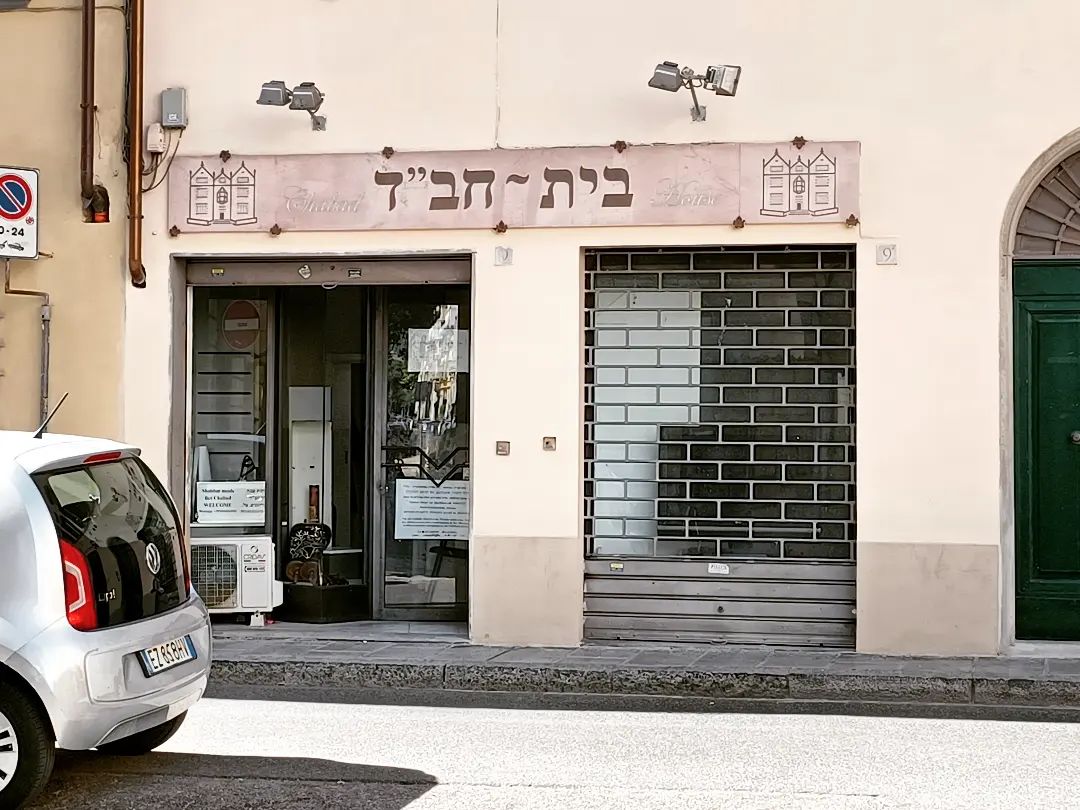

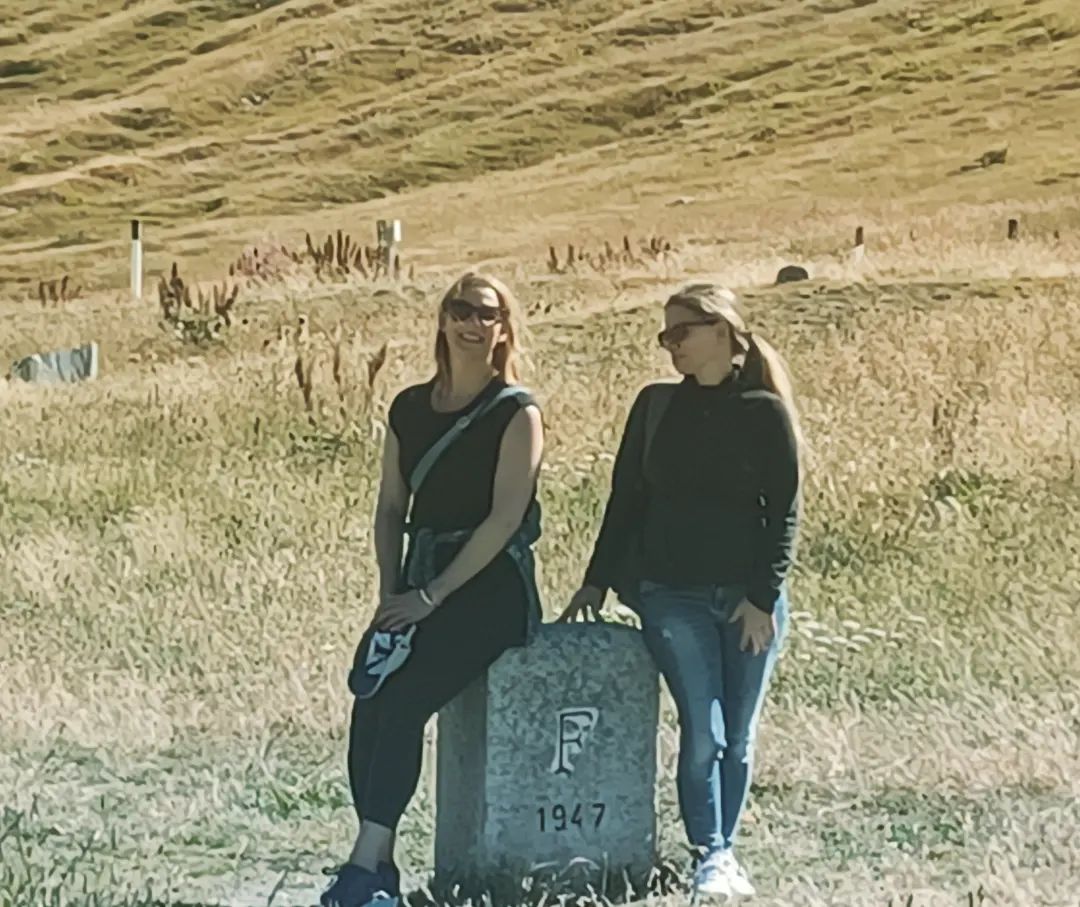
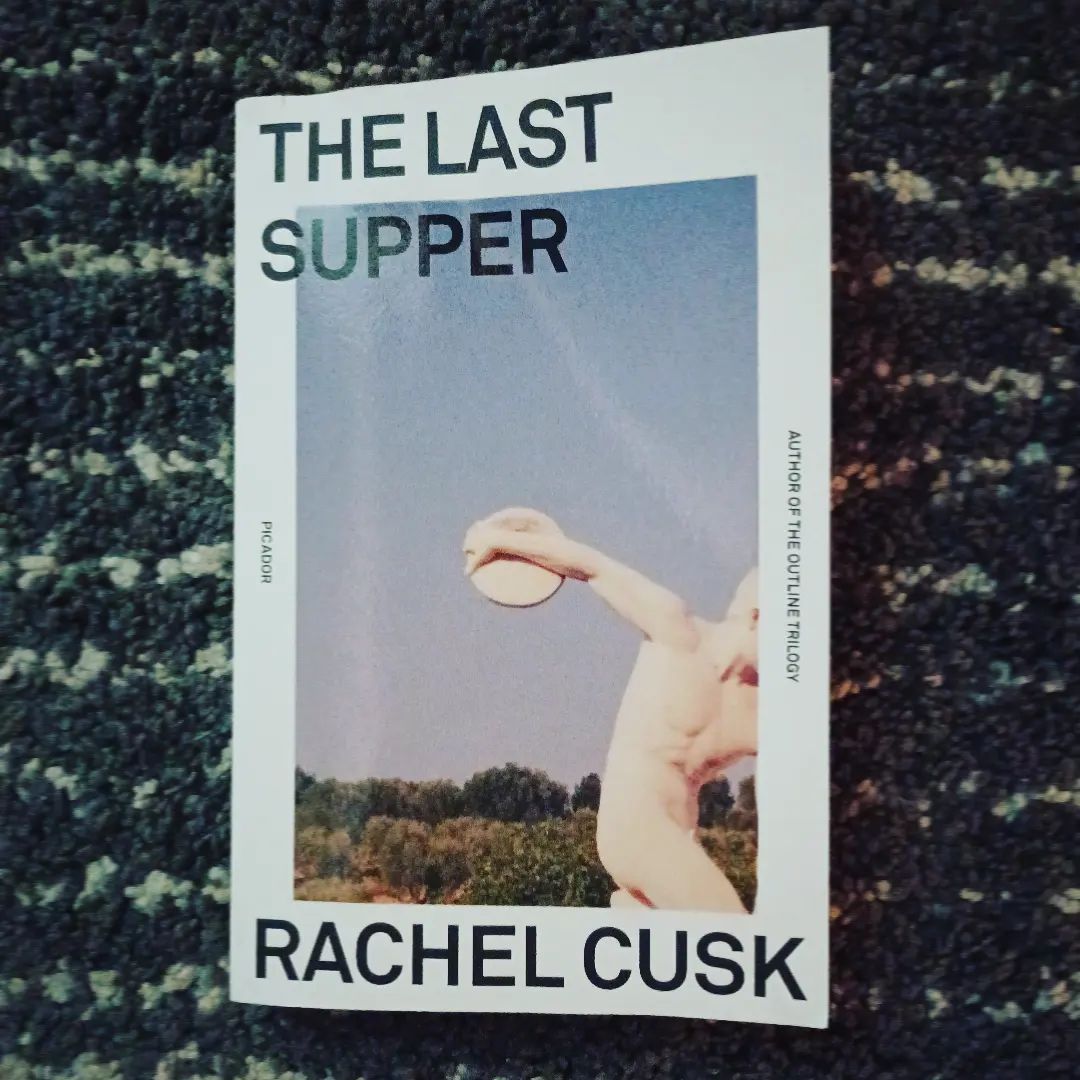
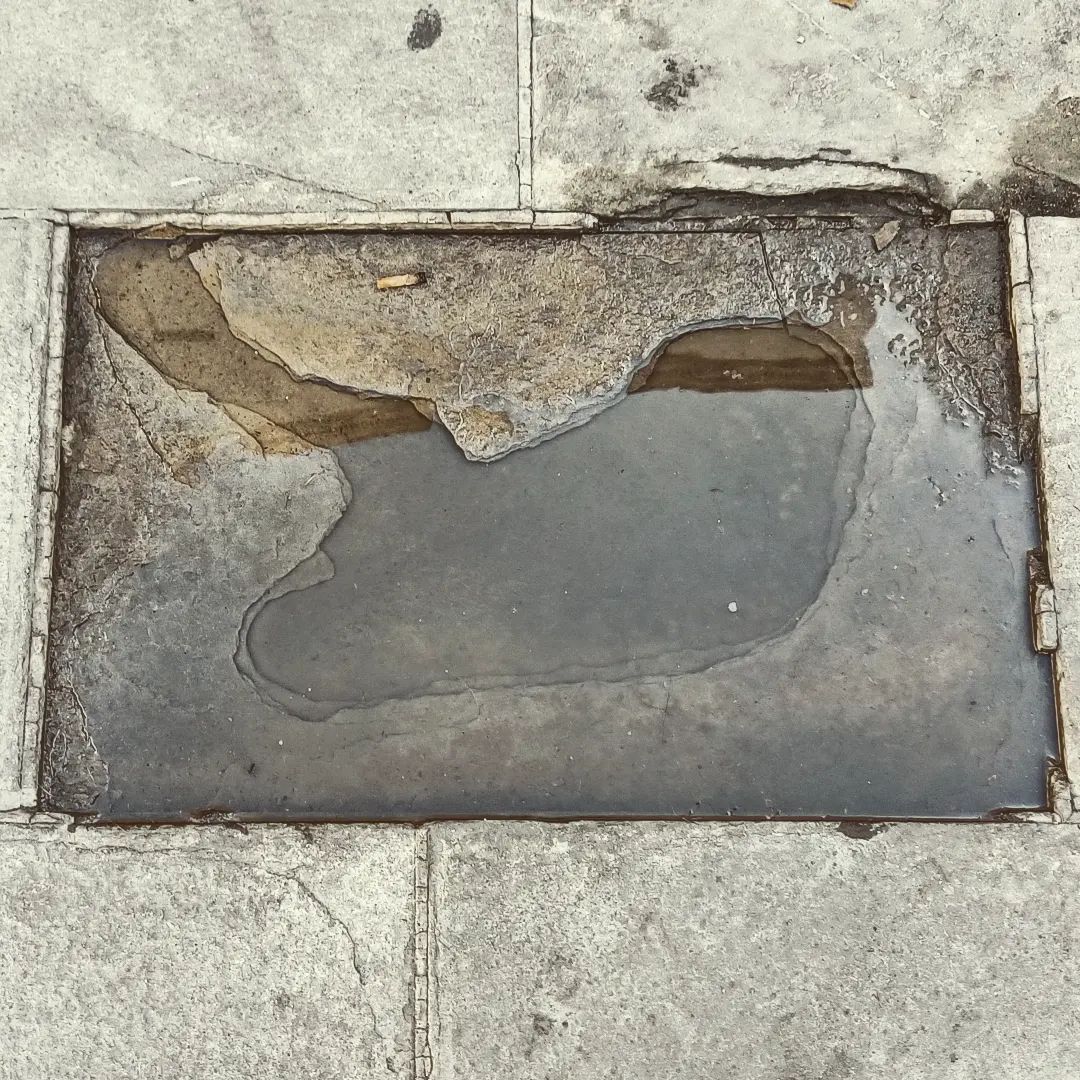
One Response